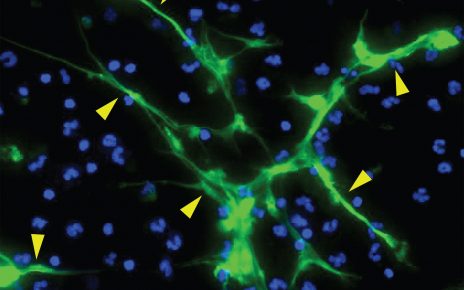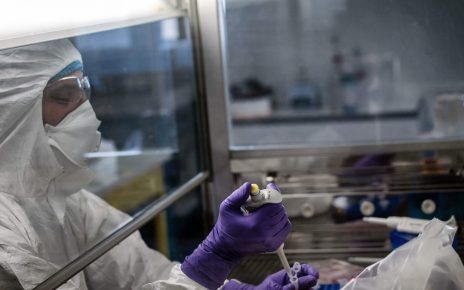The COVID-19 pandemic is putting an enormous strain on the health care system. This is due in part to the explosion in the number of cases and in part because health care professionals are themselves getting sick—in some cases fatally succumbing to the virus.
While medical students aren’t full-fledged physicians, we have a significant amount of clinical training and knowledge. As such, we could be used more effectively. We should consider physicians in training as welcome partners to the more seasoned doctors and nurses, especially given the booming rate of infection rates in the United States. The only thing prohibiting the utilization of such precious and valuable manpower is a lack of planning and strategic foresight. To address this need for physicians, some institutions have taken a reactionary approach by advancing graduation by a few months, making them into M.D.s slightly prematurely. However, this approach is not thorough.
Taking a lesson from Italy’s experience, the U.S. must avoid partial solutions. The reality is that even with early degree conferrals, most medical institutions have sidelined tens of thousands of pairs of hands that are skilled and ready to support. While conferring degrees earlier is a meaningful approach, it is defensive in nature. Parlaying that into an offensive strategy requires us to utilize the medical students who are farther away from graduation and put them in roles consistent with their completed training. A significant benefit of this would be the ability to reallocate experienced physicians to care for patients acutely impacted by the outbreak while keeping medical students largely out of harm’s way.
At the start of their clinical years, medical students have already been tested on their ability to take a history, identify a differential diagnosis and perform a basic physical exam. By the time medical students begin their fourth year, they have learned to identify and monitor patients with common problems (e.g., high blood pressure, diabetes, COPD). Additionally, they can interpret common lab results and basic radiologic images, and document patient notes and discharge summaries in the electronic medical record (EMR). In fact, at some hospitals, once co-signed by a senior physician, a medical student can place medication orders and have their patient notes used for billing.
In addition, before medical students even graduate, they have passed two of the three examinations required to be a board-certified physician. These points matter because third- and fourth-year physicians-in-training are highly trained yet are an underutilized resource in a health crisis.
With that in mind, human resource strategies to address the COVID19 pandemic should entail:
Assigning medical students to provide care in routine non-emergent scenarios and settings consistent with their completed level of training. Early clinical training students should provide mostly indirect care meaning outpatient clinic call backs, phone triage for hospitals or clinics, researching the updated treatment guidelines on the virus for physicians, staffing state and local health departments, up to taking history and physical exams in clinics. Fourth-year students should provide both direct and indirect care in routine non-emergent settings. The duties consistent with management on internal medicine. Additionally, medical students should be used as care providers in nontraditional inpatient settings like rehabilitation centers and skilled nursing facilities.
Pairing medical students with experienced and retired physicians, similar to the tactic used by the U.K. National Health Service. Medical students’ comfort with EMR and familiarity with clinical sites can increase the efficiency and accuracy of doctors with advanced clinical acumen.
Here’s how we can execute these strategies:
Hire medical students and categorize them as temporary hospital employees, with placements specific to their completed level of training. Hospitals have been open about the shortage of materials and medical staff, and at least one hospital system has reportedly offered to employ medical students temporarily through an expedited hiring process for “known and trusted students.”
Draft medical students as part of a state health disaster response corps and deploy them temporarily to facilities where they’re needed. There are several medical students that are technically enlisted service men and women, but most of us are not. In a global health crisis like this, we really should be considering at least a voluntary state health care service draft that includes a specific role for the skills of a medical student.
As a fourth-year medical student, I am sure I am not alone when I share my frustration at the lack of formal planning for how to safely and effectively leverage the training of medical students. There are some provisions that allow flexibility in licensing requirements and regulations when a surge of health professionals is needed, many initiated after big disasters like the H1N1 flu, Superstorm Sandy and Hurricane Katrina. Unfortunately, the American Association of Medical Colleges (AAMC) has not included in its COVID-19 resources any formalized plan for how to safely and effectively leverage the clinical training of even fourth-year medical students. However, there is still time to implement a preparedness plan that allows trained students to support and serve in this escalating crisis.




